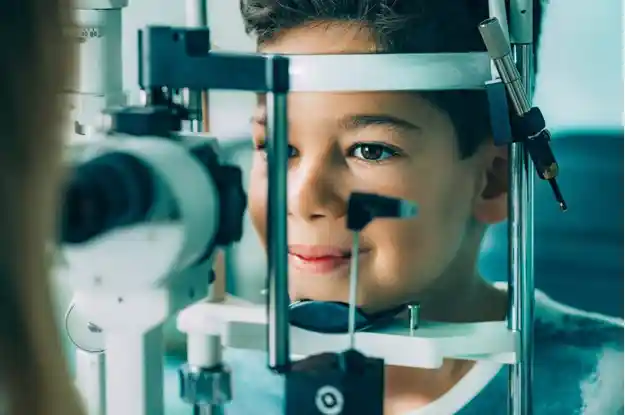Understanding the Impact of Uncorrected Refractive Errors on Vision Health

Ever squinted at a menu in a dimly lit restaurant? Have you struggled to read the subtitles of your favorite foreign film? If yes, then you’ve had a tiny taste of what life with uncorrected refractive errors feels like.
But fear not! We’re here to shine a bright spotlight on understanding the impact of uncorrected refractive errors. Prepare to unravel the mysteries behind those pesky vision blurs.
Learn how addressing them can be a game-changer for your eye health. Buckle up and get ready for an eye-opening adventure!
What Are Refractive Errors?
Refractive errors occur when the shape of the eye prevents light from focusing on the retina. The retina is a layer of tissue at the back of the eye that converts light into nerve signals, allowing us to see.
Interestingly, the question of “how far can the human eye see” becomes relevant. Especially when discussing refractive error. These conditions can significantly limit one’s visual range.
For individuals with normal vision, the horizon is the limit under clear conditions. However, refractive errors can drastically reduce this distance.
There are four main types of refractive errors. There’s myopia (nearsightedness), hyperopia (farsightedness), astigmatism, and presbyopia. Each type affects how light is bent as it enters the eye, resulting in blurred or distorted vision.
The Impact of Uncorrected Refractive Errors
Uncorrected refractive errors can have a significant impact on daily life. They can affect an individual’s ability to perform tasks. This includes reading, driving, and even recognizing faces.
These errors can also lead to eye strain, headaches, and fatigue as the eyes work harder to compensate for the blurred vision. Over time, uncorrected refractive errors can also cause permanent damage to the eyes. It leads to amblyopia-lazy eye or strabismus–crossed eyes.
They can also have a significant impact on mental and emotional well-being. Difficulty in seeing clearly can lead to feelings of frustration. Individuals may feel social isolation and even anxiety or depression.
The Importance of Correcting Refractive Errors
The good news is that most refractive errors can be easily corrected with glasses, contact lenses, or surgery. Individuals can improve their vision and quality of life by correcting these errors.
Furthermore, correcting refractive errors is crucial for maintaining good eye health. By reducing the strain on the eyes, individuals can prevent or delay the onset of more severe eye conditions later in life.
It’s also essential to address refractive errors early on, especially in children. Uncorrected errors during childhood can lead to permanent vision problems. It may impact a child’s development and academic performance.
Seeing Clearly: The Bright Future of Correcting Refractive Errors
Addressing uncorrected refractive errors is not just about achieving clearer vision. It’s about enhancing overall life quality and safeguarding future eye health. By taking steps to correct these errors, we open the door to a brighter and clearer future!
Don’t miss out on the clarity you deserve! Visit our blog for more insightful tips and information on maintaining your vision health. Together, we can focus on a clearer, brighter future.
So don’t hesitate to get your eyes checked and take the necessary steps to improve your vision. Your eyes will thank you for it. And who knows, with a clearer vision, you may just discover a whole new world waiting for you!





